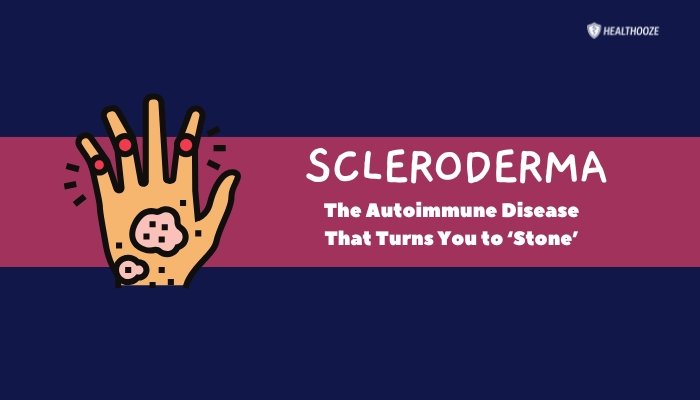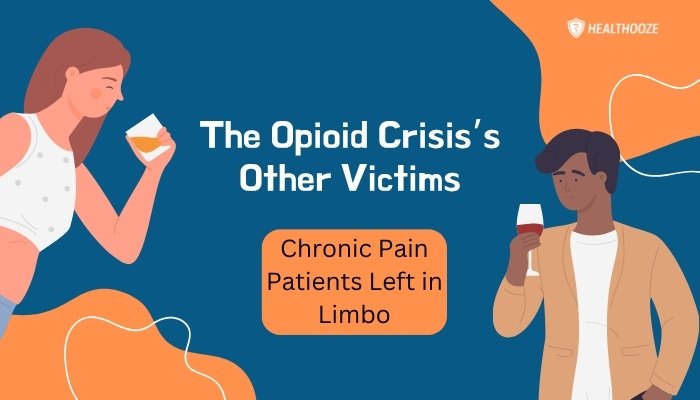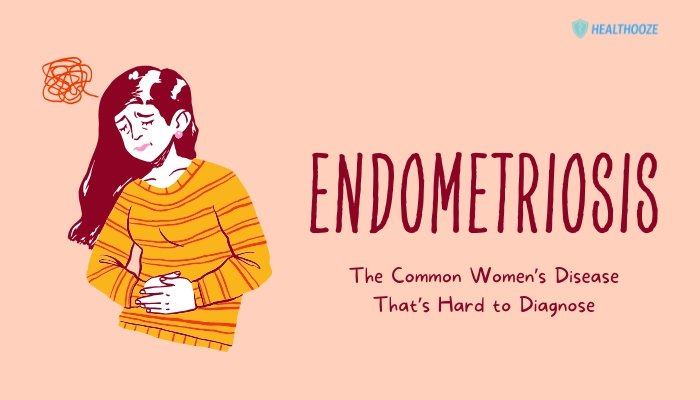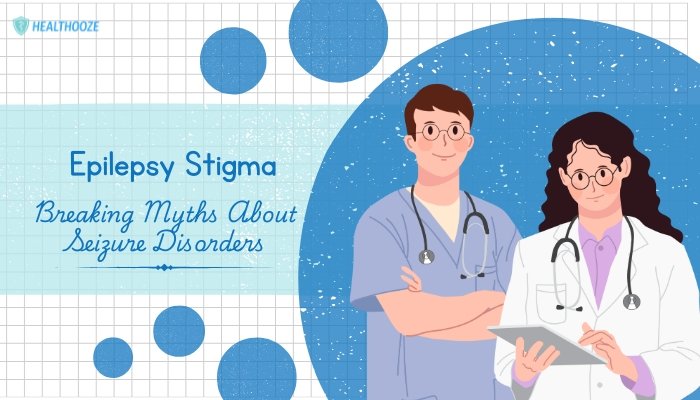Introduction
Scleroderma—sometimes referred to as systemic sclerosis—is a rare autoimmune disease that causes excess collagen production, leading to abnormal thickening and hardening of the skin and connective tissues. Though its Greek-derived name means “hard skin,” scleroderma can affect far more than just the epidermis.
From stiffening hands and facial features to internal organ damage, scleroderma can dramatically reduce quality of life and, if severe, lead to significant health risks. While no definitive cure exists, ongoing medical advances provide new tools for easing symptoms and preserving function.
This article explains how scleroderma manifests, the different types patients may experience, available treatment approaches, and strategies for daily management.
Understanding Scleroderma
What Is Scleroderma?
At its core, scleroderma is an autoimmune disorder wherein the body’s immune system mistakenly targets and inflames healthy tissue. This overdrive triggers fibroblasts to produce excessive collagen, causing tissue fibrosis. Clinicians commonly refer to scleroderma in two broad forms:
- Localized Scleroderma: Usually restricted to patches or bands of skin, referred to as morphea or linear scleroderma.
- Systemic Sclerosis (Systemic Scleroderma): Can involve not just skin but also internal organs such as the lungs, heart, kidneys, or digestive tract.
Who Is Affected?
Scleroderma is relatively uncommon, estimated at about 50–300 cases per million people worldwide. It typically appears in adulthood, with women outnumbering men by about four to one. Genetic predisposition and environmental triggers—like certain chemical exposures—may contribute, though the exact cause remains unclear.
Key Symptoms and Clinical Manifestations
Skin Changes
- Thickening or Tightening: Skin may feel tight, shiny, or appear hairless in affected areas.
- Raynaud’s Phenomenon: Fingers or toes turn white or blue in response to cold or stress, often preceding scleroderma’s overt onset.
- Calcinosis: Calcium deposits can form under the skin, leading to painful nodules or ulcers.
Internal Organ Involvement
- Digestive System
- Esophageal Dysmotility: Trouble swallowing, acid reflux, or chronic heartburn.
- Intestinal Malabsorption: Reduced nutrient uptake in advanced cases.
- Respiratory Complications
- Pulmonary Fibrosis: Scarring in lung tissue reduces breathing capacity.
- Pulmonary Hypertension: High blood pressure in lung arteries can stress the heart.
- Cardiac
- Heart Failure or Arrhythmias: Fibrosis stiffens myocardium, diminishing pumping efficiency.
- Kidney Crisis
- Scleroderma Renal Crisis: Acute blood pressure spikes and kidney failure, requiring prompt intervention.
Musculoskeletal Effects
- Joint Pain and Stiffness: Inflamed or fibrotic tissues can hamper mobility.
- Muscle Weakness: Systemic processes might limit muscle strength, further compounding fatigue.
Diagnosis and Evaluation
Clinical Examination
Physicians might suspect scleroderma after noting thick skin patches, Raynaud’s phenomenon, or typical facial changes (e.g., reduced mouth opening). Additional patient history and family background of autoimmune diseases can guide further testing.
Laboratory and Imaging Tests
- ANA (Antinuclear Antibody): Commonly positive in scleroderma, though non-specific.
- Scleroderma-Specific Antibodies: Anti-Scl-70 (anti-topoisomerase I) or anti-centromere antibodies help distinguish subtypes.
- Pulmonary Function Tests and HRCT: Evaluate lung function or detect interstitial lung disease.
- Echocardiogram: Checks for signs of pulmonary hypertension or heart involvement.
Skin Biopsy or Capillaroscopy
In some cases, a dermatologist or rheumatologist may conduct a biopsy to confirm excessive collagen deposition. Nailfold capillaroscopy (looking at capillary loops in the nail bed) can detect early microvascular changes characteristic of scleroderma.
Treatment and Management Approaches
Immunosuppressive and Anti-fibrotic Therapies
- Corticosteroids
- Helpful for inflammation but must be used cautiously. Prolonged high-dose usage can raise risk of scleroderma renal crisis.
- Disease-Modifying Agents
- Methotrexate, mycophenolate mofetil, or cyclophosphamide can slow immune-driven fibrosis in certain patients.
- Newer Biologics
- Agents targeting IL-6 or other cytokines show promise, though more research is needed to confirm efficacy.
Organ-Specific Treatments
- Pulmonary
- Antifibrotic Drugs (e.g., nintedanib) for pulmonary fibrosis.
- Pulmonary Hypertension Therapy: Endothelin receptor antagonists, PDE-5 inhibitors.
- Renal
- ACE Inhibitors used preemptively for scleroderma renal crisis, significantly improving kidney outcomes.
- GI Management
- Proton pump inhibitors (PPIs) for reflux, prokinetics for motility, and dietary modifications.
Supportive Care
- Physical and Occupational Therapy: Exercises to maintain joint mobility, plus strategies to handle daily tasks if fingers are stiff or sensitive to cold.
- Lifestyle Adjustments: Avoid cold triggers for Raynaud’s, keep skin moisturized, and protect from the sun.
- Monitoring: Regular checkups for disease progression and potential organ complications.
Emotional and Social Dimensions
Psychosocial Challenges
Chronic pain, visible skin changes, and unpredictability of organ involvement can lead to anxiety, depression, or social withdrawal. Peer support groups or counseling can reduce isolation and encourage coping techniques.
Body Image and Self-Esteem
Tightening facial skin, hand deformities, or color changes can prompt self-consciousness or hamper daily function. Encouraging open conversations with loved ones, plus dermatologist-led cosmetic solutions (like dealing with facial telangiectasias), can help.
Relationship and Family Support
Spouses, siblings, or children often share in day-to-day caregiving. Clear communication fosters understanding and helps set realistic expectations—particularly important if a partner’s condition fluctuates.
Advocating and Finding Community
Patient Organizations
Groups like the Scleroderma Foundation (US) or Scleroderma & Raynaud’s UK raise awareness, sponsor research, and maintain local chapters offering patient education. Online forums also unite individuals worldwide, providing practical tips or moral support.
Medical Collaboration
Working closely with a multidisciplinary team—rheumatologist, pulmonologist, cardiologist, dermatologist, and occasionally immunologists or GI specialists—ensures comprehensive management. Telemedicine can bridge distance for those living in remote areas lacking scleroderma specialists.
Research and Clinical Trials
Patients can explore clinical trial participation for novel immunomodulators or anti-fibrotic drugs, gleaning potential access to advanced care while fueling scientific breakthroughs.
Conclusion
Scleroderma’s depiction as a disease that “turns you to stone” underscores the seriousness of unchecked fibrosis, but modern treatments and an evolving research landscape bring tangible hope. While some cases are mild with primarily skin symptoms, others face considerable organ involvement that demands lifelong medical vigilance. Empowerment begins with recognition: the earlier scleroderma is diagnosed, the greater the chance to minimize damage and preserve quality of life. By fostering robust patient support, investing in advanced therapies, and raising public awareness, those living with scleroderma can face tomorrow with more confidence and control.
References
- Gabrielli A, Avvedimento EV, Krieg T. Scleroderma. N Engl J Med. 2009.
- Denton CP, Khanna D. Systemic sclerosis. Lancet. 2017.
- Varga J, Abraham D, Krieg T. Scleroderma research strategies: building on successes and challenges. Nat Rev Rheumatol. 2016.
- http://scleroderma.org/
- EUSTAR (European Scleroderma Trials and Research group). Guidelines on early diagnosis and management. 2021.






